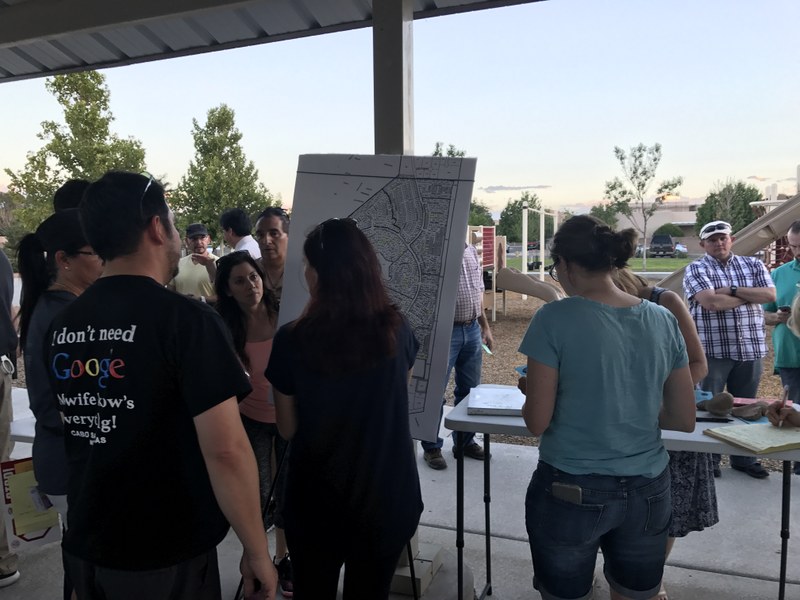
Improving Your Perspective
Learn how to respond instead of react to a situation by trying to improve your perspective.
This is the third article in a series on collaboration and conflict resolution. Read the introduction to the entire series.
Human beings are natural ‘reactors.’ In the midst of a conflict it is easy to react blindly and fail to consider what must be weighed and considered. Much of the other’s power lies in the ability to make you react. When you do, he is in control. The pressure of his demands, threats, personal attacks, unreasonableness, deception, or resistance can disrupt your ability to clearly view the situation, the needs of the group, your individual needs, creative options, and finally, upon reflection, a wise choice to make.
Three classic reactions are:
- Strike back in-kind (‘fight fire with fire’)
- Give in
- Get out/break off relations
Although there are times to walk away and break off relations, skillful response avoids the three classic reactions and engages to communicate, explore, learn, and then seek some agreement. To be effective when engaging the conflict, you must maintain some awareness and control over your thoughts, words, and actions. Then, it is always your choice to respond instead of react. You can (re)gain dominion by gaining perspective. Perspective is the ability to see and understand what is happening.
Where can you find the time/space to gain or regain perspective to see clearly?
Challenge yourself to avoid reacting to the other person. Only respond AFTER you have done everything possible, within the time available, to find a place of perspective where you can reflect on your best interests, develop good options, and consider the path forward. A famous author and international conflict resolution expert, William Ury, provides a simple metaphor for this place of improved perspective. He calls it a balcony where you can look upon the situation from a distance.
Consider these suggestions where you can ‘go to the balcony’ to become calmer and more able to see the situation clearly:
- Take a break
- Ask a question to gain time to respond
- Come up with a reason to leave the room, e.g. use the bathroom, make a copy, ask that your calls be held, get a glass of water, call your spouse to make sure the kids are picked up after school today, etc.
- Arrange to be texted, summoned, or given a message part way through the meeting
- Invoke the need to consult with someone who is not present, e.g. someone with missing information
- Keep your overall goal in mind. Don’t get mad, don’t get even, get what you need.
- Say you need to talk privately with others on your ‘team’ who are in the room.
- Tell the other person that you need to reflect on their proposal, offer, or demand and commit to respond by a certain date/time.
- Schedule a difficult meeting to begin in the late morning or late afternoon so it will not be over when it is time for lunch or the end of this day. This creates a natural break
- Remain in listening mode using open responses. Uh huh, I see, Go on, Tell me more, Could you give me an example... Can you tell me why that is important to you?
- Slow the pace. Allow for silence. Take a deep breath. Speak more deliberately. Lean back in your chair and pause.
With a better perspective, how can you choose a positive, effective response to a difficult person or a challenging situation?

